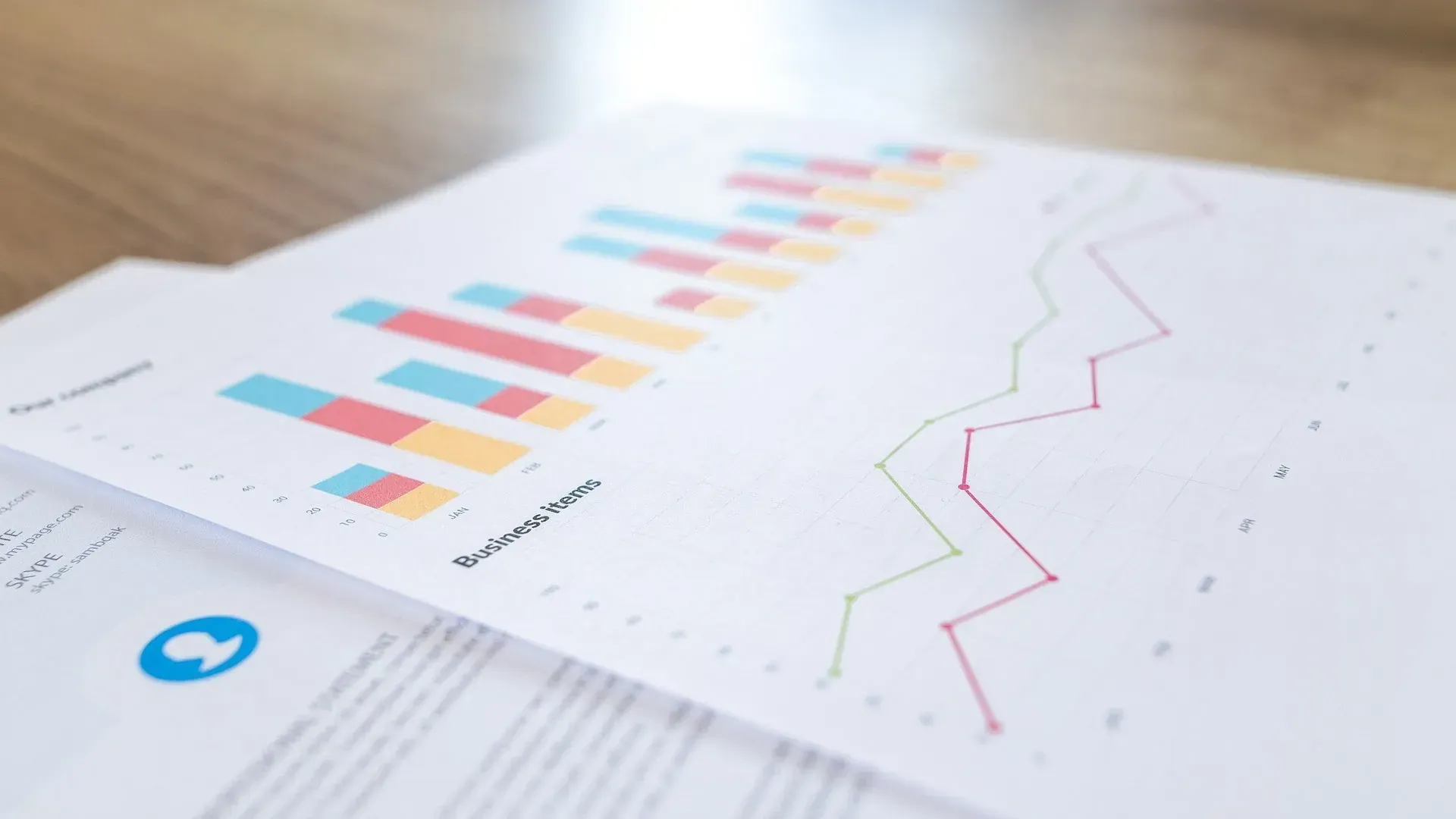Which ERP and Systems Can Tableau Connect To?
As businesses become more data-driven, analytics platforms like Tableau play a crucial role in turning raw data into actionable insights. However, Tableau’s true power shines when it connects seamlessly to various Enterprise Resource Planning (ERP) systems and other key platforms like Salesforce. These connections enable businesses to gather, visualize, and analyze data in a more streamlined and efficient manner. So, which ERPs and systems can Tableau connect to? Let’s explore.
1. Key ERP Systems Tableau Connects With SAP
SAP is a major ERP system used globally by businesses to manage operations and resources. Tableau offers native integration with SAP HANA and SAP BW, making it simple to extract and visualize data directly from these platforms. This integration provides real-time access to critical business information, helping organizations make data-driven decisions.
Oracle
Oracle’s suite of ERPs, including Oracle Cloud ERP and PeopleSoft, also integrates seamlessly with Tableau. Through direct connections to Oracle databases, both on-premises and cloud, businesses can pull relevant data into Tableau for advanced analytics and reporting.
Microsoft Dynamics
For organizations using Microsoft Dynamics, Tableau connects easily to both the Dynamics 365 suite and legacy AX systems. Whether via direct connections to Dynamics databases or through integration with Microsoft’s Azure cloud, Tableau allows businesses to generate real-time insights from their ERP data.
NetSuite
NetSuite, a popular cloud-based ERP, can be connected to Tableau using ODBC connectors or third-party middleware. This connection enables businesses to pull data directly from their ERP into Tableau and combine it with data from other systems for a more comprehensive view of business performance.
Workday
Workday, commonly used for HR and financial management, can also integrate with Tableau. Using APIs and OData connectors, organizations can access Workday data within Tableau to visualize and analyze HR trends, payroll, and financial data, making reporting more intuitive.
2. Connecting Tableau to Salesforce
Salesforce Integration
Salesforce, the leading customer relationship management (CRM) platform, is one of the most frequently integrated systems with Tableau. In fact, Tableau has been part of Salesforce since 2019, making their connection seamless and highly efficient.
Through Tableau’s native Salesforce connector, businesses can easily pull Salesforce data—such as sales pipeline metrics, customer interactions, and marketing data—into Tableau for analysis. Whether you’re tracking sales performance, lead conversion rates, or customer satisfaction scores, Tableau allows you to create highly visual, interactive dashboards that bring Salesforce data to life.
One of the key benefits of integrating Salesforce with Tableau is the ability to blend CRM data with other business data from ERPs, databases, and cloud platforms. This provides a complete picture of the customer journey, from lead generation through sales and after-sales service, helping businesses improve customer relationships and drive growth.
3. Other Systems Tableau Connects To
Relational Databases
In addition to ERPs and CRMs, Tableau connects to a wide range of relational databases, allowing businesses to extract and visualize structured data. Key databases that Tableau supports include:
- MySQL
- SQL Server
- PostgreSQL
- Amazon Redshift
- IBM DB2
- Google BigQuery
This compatibility means that businesses can easily analyze their ERP and CRM data alongside other database systems.
Cloud Platforms
As organizations increasingly move to the cloud, Tableau has kept pace by offering integrations with popular cloud platforms like:
- Amazon Web Services (AWS)
- Microsoft Azure
- Google Cloud Platform (GCP)
- Snowflake
These integrations ensure that businesses can pull in real-time data stored in the cloud and create dynamic reports and dashboards.
APIs and Web Data Connectors
For more custom data sources, Tableau provides Web Data Connectors (WDCs) and APIs that allow businesses to bring in data from virtually any platform. This includes online tools, proprietary systems, or even social media data. The flexibility of APIs means that Tableau can pull in real-time data from Salesforce, Jira, HubSpot, and many other platforms, ensuring that no data source is left untapped.
Flat Files
Tableau also supports basic file formats such as Excel, CSV, and Google Sheets. Although these are not ERPs, they remain commonly used for reporting purposes. Tableau makes it simple to visualize data from spreadsheets alongside data from other sources, helping businesses get a comprehensive view.
4. Middleware Solutions
If a direct connection between Tableau and a particular ERP or system isn’t available, middleware platforms like MuleSoft, Boomi, or Fivetran offer solutions. These tools act as intermediaries, helping to transfer, clean, and organize data before it reaches Tableau. With these solutions, businesses can easily standardize their data from multiple sources and improve their analytics workflow.
Why Integrate Tableau With ERP and Salesforce?
Tableau’s versatility allows businesses to connect with various ERP systems, Salesforce, and other platforms to drive data-driven decision-making. Here are some of the key benefits of using Tableau for ERP and Salesforce integration:
- Real-time data visualization: Tableau allows businesses to analyze live data from ERP systems and Salesforce, ensuring insights are always up to date.
- Blended data sources: The ability to blend data from ERPs, Salesforce, and other systems provides a complete view of operations, customer interactions, and sales performance.
- Scalability: Whether your business data is small or large in volume, Tableau’s scalable architecture can handle data of all sizes, ensuring that it grows with your business.
Tableau’s flexibility makes it an ideal platform for connecting with various ERPs, including SAP, Oracle, Microsoft Dynamics, NetSuite, and Workday, as well as customer-centric platforms like Salesforce. With its extensive range of connectors, APIs, and middleware solutions, Tableau can integrate with a wide variety of systems, allowing businesses to unify their data for deeper insights and more effective decision-making.
Need help integrating Tableau with your ERP or Salesforce system? Contact Arctic Analytx for expert guidance on maximizing your data visualization and analytics capabilities.



